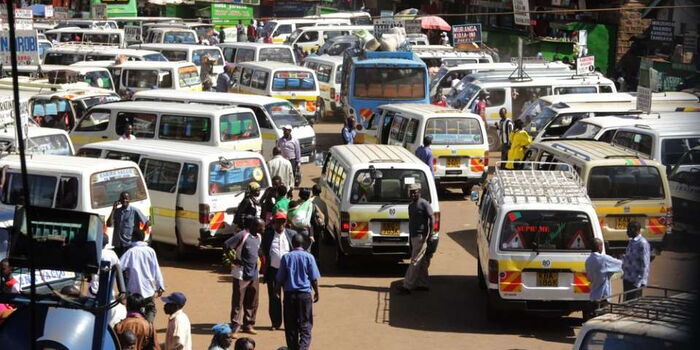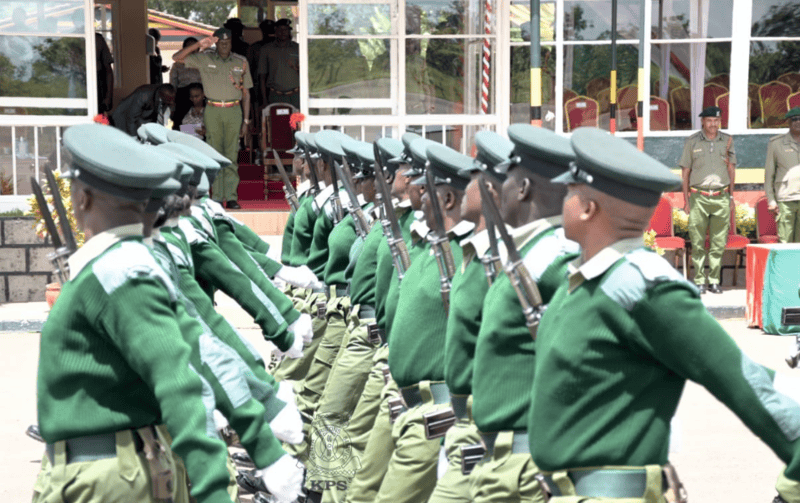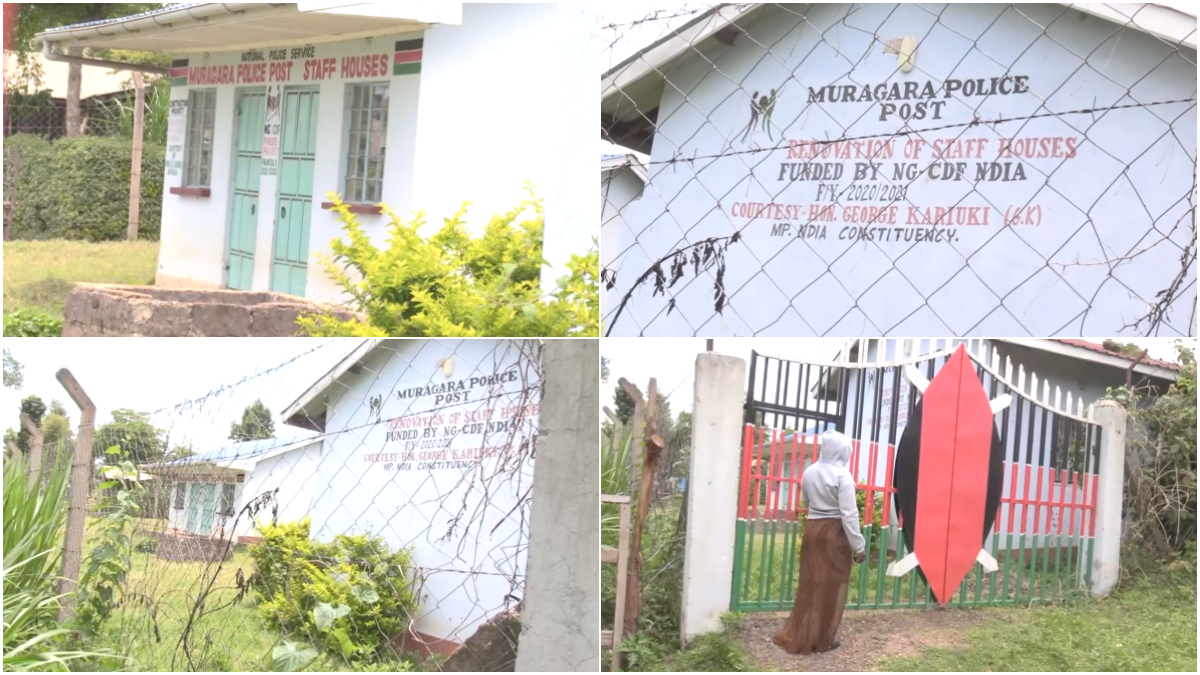Dry spells and dicey markets are fading memories for over a thousand families in Kangema, Murang’a County. The Nyanjigi Irrigation Project, a lifeline envisioned and driven by local farmers under the leadership of Chairperson Joseph Kanyugi, has rewritten their agricultural story, turning water scarcity into a season of opportunity across Nyakahura, G3, and Githunguri in Muguru Ward.
Born out of necessity, what started as a grassroots solution to resolve the challenges of rain-fed agriculture, quickly gained traction. The initiative united residents from the three sublocations to confront a long-standing water crisis.
With determination and collective action, the community registered the project and secured its first phase of funding from the Ministry of Water in 2010. Backing from the National Irrigation Authority enabled the project to advance through three transformative phases, delivering steady irrigation to 500 farmers. In 2022 the reliable irrigation, was still in limbo awaiting the final two phases which entailed critical infield piping infrastructure and completion of pending works.
“The farmers who have not yet received water feel left behind. They feel forgotten,” said Chairperson Joseph Kanyugi, emphasising the pressing need to bring the project to full completion.

A major breakthrough came during a recent development tour of Central Kenya by President William Ruto and Deputy President Kithure Kindiki, when they pledged KSh30 million to complete the fourth and final phase of the Nyanjigi Irrigation Project.
“We have high hopes that this funding will help us complete the work so that every farmer can receive water,” said Chairperson Kanyugi, his optimism reflecting the resilience of the local farming community.
He noted that since the Kenya Kwanza administration assumed office in 2022, notable strides have been made in expanding irrigation access, including additional funding for phase three of the project. During the President’s recent tour, the government committed 60% of the total KSh50 million required for completion of phase four in field connectivity, leaving 40%, KSh20 million, still to be secured.
“We have already connected the first 500 farmers, and with continued government support, we are optimistic about reaching the remaining farmers and securing the outstanding KSh20 million,” he added.
One of the beneficiaries, farmer Ephantus Mwangi, spoke about the project’s transformative impact: “Access to water has changed our community, we can now farm year-round,” he shared.
Mwangi is particularly enthusiastic about the newly launched Karugia Economic Stimulus Programme (ESP) Market, which includes a cold room for storing highly perishable produce, helping farmers preserve and sell their harvests more efficiently.
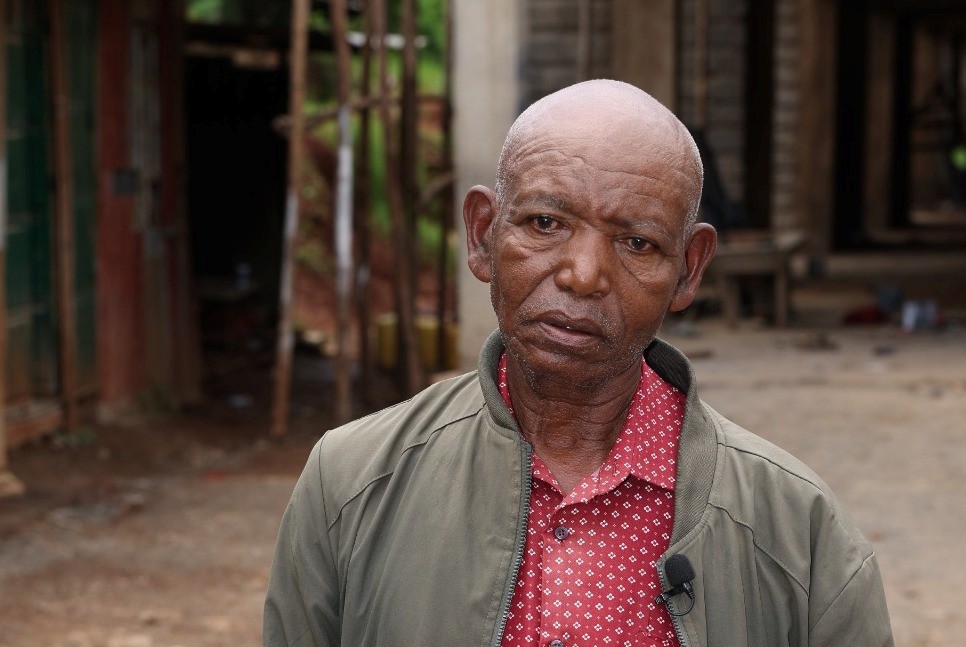
“This means our harvest will not go to waste. If our produce is not bought on the day we deliver it, we can store it and sell it later when still fresh,” he said.
Karugia is quickly becoming a hub for fresh produce aggregation, direct-to-consumer sales, and small-scale agro-commerce. The recent establishment of a government office to support the irrigation network has also strengthened local operations.
Water from the Mathioya River now supports the cultivation of high-value, yet highly perishable horticultural crops including tomatoes, avocados, French beans, vegetables, fruits like bananas, and potatoes.
The initiative is part of a broader government strategy to shift Kenya from rain-fed to irrigation-led agriculture. With the National Irrigation Authority aiming to expand irrigated land nationally from 670,000 acres to 1.5 million acres in the next five years, initiatives like Nyanjigi signal a shift from rain-fed farming to more reliable, year-round agricultural production.
The project’s scope is also widening to provide water for domestic use and livestock, potentially benefiting over 1,000 people within the surrounding communities.
“The transformation we’re witnessing extends far beyond the farms,” noted Murang’a County Commissioner Joshua Nkanatha, also the Acting Regional Commissioner for Central Kenya. “Karugia is rapidly evolving into a 24-hour economy, a shift significantly boosted by Michuki Polytechnic’s elevation. With an anticipated influx of 9,000 students, the demand for food, services, and housing will surge.”
He emphasized that “the growth necessitates a consistent and increased output from the Nyanjigi irrigation farmers to reliably supply the student population, local residents, and external markets.”
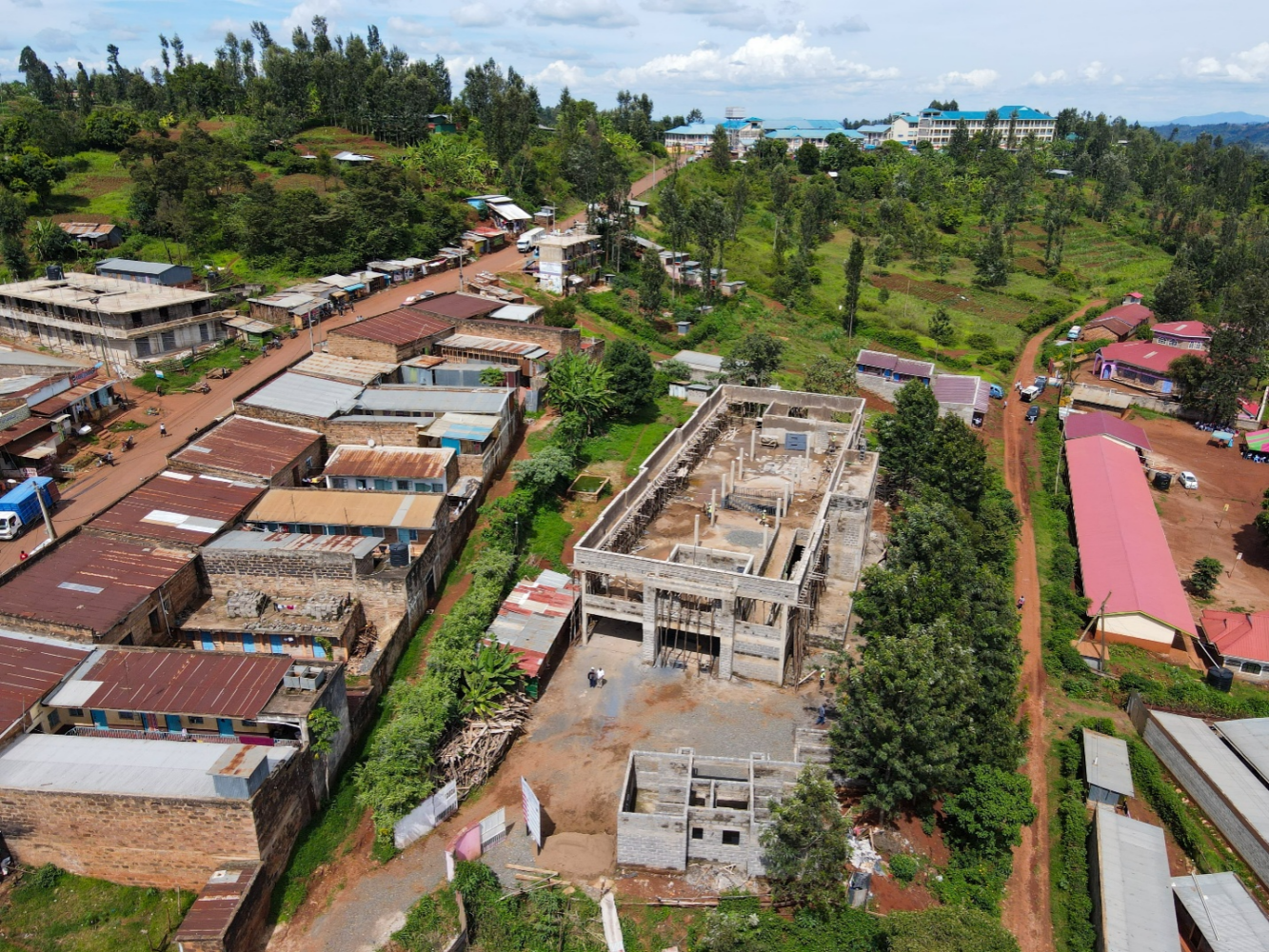
As phase four nears implementation, the Nyanjigi Irrigation Project stands as a model of community resilience, government collaboration, and agricultural innovation. It is a story of water, willpower, and a market that rose with it.




